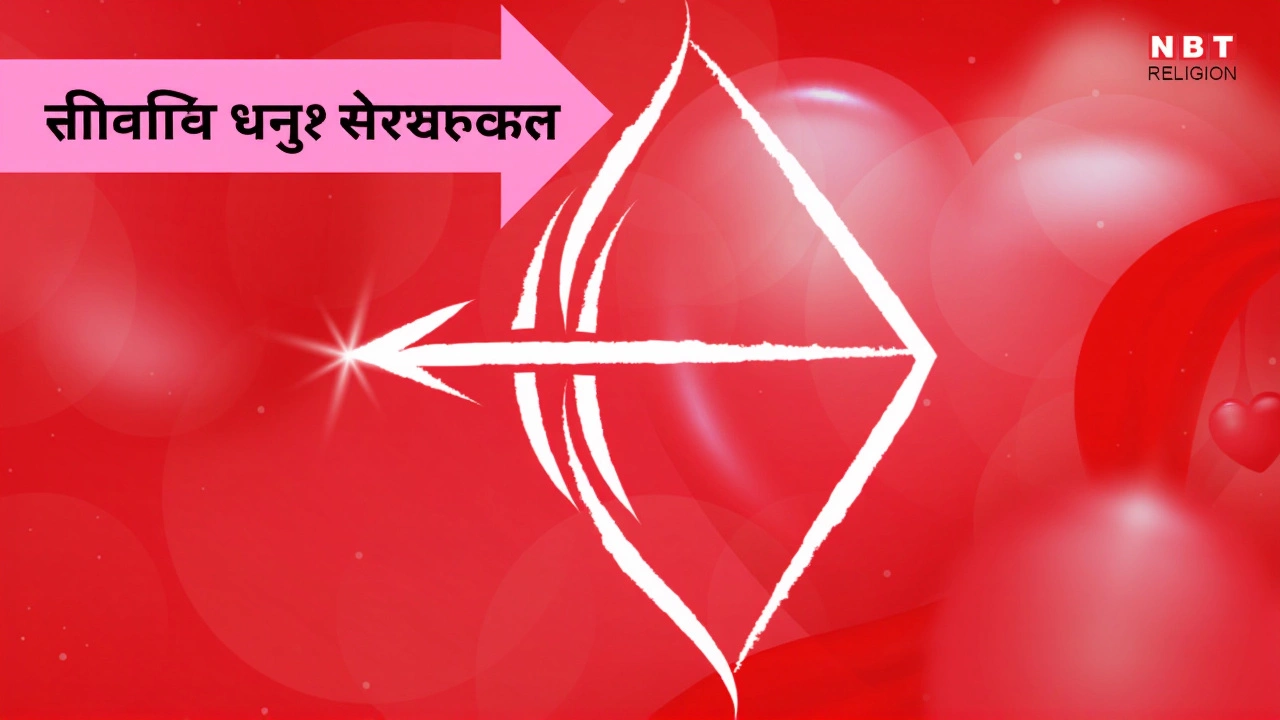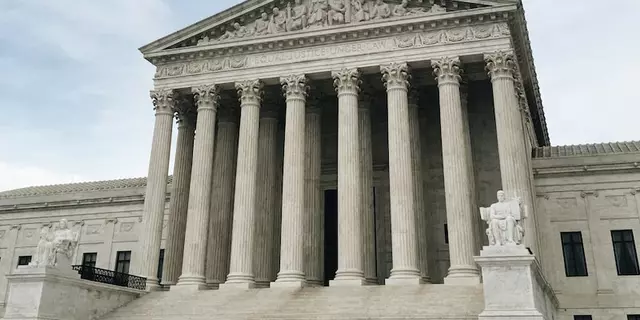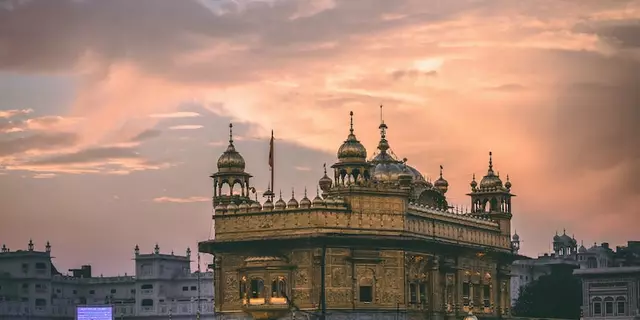When Dussehra kicks off the month, the entire subcontinent practically holds its breath for a two‑week cascade of rituals, lights, and family reunions. In India, October 2025 will be a whirlwind of Hindu festivals that shape everything from retail sales to train bookings. From the dramatic Ravan Dahan ceremonies on October 2 to the sunrise prayers of Chhath Puja on the Ganges, the calendar promises both spiritual uplift and logistical headaches.
Overview of October 2025 Festival Season
The Hindu lunisolar calendar slots a remarkable number of high‑profile celebrations into a single Gregorian month this year. Starting with Maha Navami on the first day, the month wraps up with Chhath Puja on the 27th. Between those bookends, devotees will observe:
- Vijaya Dashami (Dussehra) – October 2
- Kojagiri Purnima – October 6
- Karva Chauth – October 10
- Dhanteras – October 18
- Diwali (Lakshmi Puja) – October 20
- Gujarati New Year – October 22
- Bhāi Dooj and Govardhan Puja – following Diwali
According to the 2024 Census, more than 1.3 billion people worldwide identify as Hindu, which means each of these dates triggers a massive surge in travel, consumer spending, and media coverage.
Key Celebrations and Their Significance
Dussehra & Navratri: The Triumph of Good Over Evil
The nine‑day Navratri fast culminates in Vijaya Dashami, commemorating Lord Rama’s defeat of the demon king Ravana. Across India, massive effigies of Ravana are set ablaze in public squares – a spectacle that draws crowds comparable to major sports events. In Delhi’s Connaught Place, the Ravan Dahan firework display alone attracted an estimated 250,000 onlookers.
"The symbolism of Dussehra resonates deeper this year because of the geopolitical tensions in the region," says Dr. Meena Sharma, a sociology professor at Delhi University. "It’s a public reaffirmation that righteousness will ultimately prevail – a narrative that fuels communal solidarity."
Karva Chauth: A Day of Marital Devotion
On October 10, married women across North India observe a 24‑hour fast, breaking it only after sighting the moon. The practice, rooted in ancient mythologies of goddess Parvati, has modern commercial spin‑offs: jewelry sales spike by 18 % in major metros, according to the Retail Council of India.
Dhanteras and Diwali: Prosperity Meets Light
Dhanteras marks the opening act of the five‑day Diwali extravaganza. Shoppers rush to buy gold, silver, and new kitchenware – a tradition believed to invite Lakshmi’s blessings. Speaking at a Mumbai jeweler’s association meeting, industry analyst Rohan Patel noted, "2025's Dhanteras sales are projected to hit $2.3 billion, the highest since 2019."
Then comes Diwali, also known as Lakshmi Puja. Families light oil lamps (diyas), set off fireworks, and share sweets while chanting prayers to Goddess Lakshmi. Electrical grids in Delhi and Kolkata typically see a 12 % surge in demand, prompting the Ministry of Power to issue advisories on load‑shedding prevention.
Gujarati New Year: A Regional Renewal
On October 22, the Gujarati community celebrates the start of the Vikram Samvat year. Business leaders in Ahmedabad host cultural fairs showcasing traditional dance (Garba) and cuisine. According to the Gujarat Tourism Board, the New Year festivities attract over 1.5 million domestic tourists, injecting roughly ₹1,200 crore into the state's economy.
Chhath Puja: Worship of the Sun God
Concluding the month, Chhath Puja unfolds over four days, primarily in Bihar, Uttar Pradesh, and Jharkhand. Devotees perform rigorous fasting, standing waist‑deep in rivers at sunrise and sunset to offer prayers to Surya Dev (the Sun God) and Chhathi Maiya. The Ganges and the Gandak see a 30 % rise in footfall, prompting local authorities to bolster safety measures.
Regional Variations and Lesser‑Known Observances
While the spotlight shines on the marquee events, October also hosts several niche celebrations. In Karnataka, Ayudha Puja on October 1 honors tools and implements, reflecting the agrarian heritage of the region. Meanwhile, West Bengal observes Bengal Maha Navami with unique folk performances.
These localized festivals, though smaller in scale, reinforce India's mosaic of cultural identities. They often dovetail with larger holidays – for example, the Govardhan Puja on October 24 coincides with post‑Diwali festivities and sees pilgrims ascending the Govardhan Hill near Mathura.
Social and Economic Impact
From a socio‑economic perspective, October 2025's festival lineup creates a ripple effect across multiple sectors. The hospitality industry expects a 22 % occupancy boost in major cities, while railways anticipate record ticket bookings – the Indian Railways reported a 15 % increase in advance reservations for the period leading up to Diwali.
Environmental groups raise concerns about firecracker pollution. In Delhi, the Delhi Pollution Control Board projected a temporary spike in PM2.5 levels to 150 µg/m³ on Diwali night, prompting calls for a shift toward eco‑friendly crackers.
Looking Ahead: How 2025’s Calendar Shapes Future Festivities
The concentration of major observances in a single month is rare but not unprecedented. Analysts suggest that the 2025 schedule could set a new benchmark for digital engagement – the Ministry of Information & Broadcasting plans to livestream all major rituals on the "Saksham Bharat" portal, aiming for a cumulative viewership of 500 million.
As families across the diaspora tune in from London to Singapore, the cultural resonance of these festivals reinforces a shared identity that transcends borders. Whether it's the crackle of fireworks or the serene glow of a sunrise over the Ganges, October 2025 will be remembered as a month when tradition, commerce, and technology intersected in spectacular fashion.
Frequently Asked Questions
When does Diwali occur in 2025 and why is it important?
Diwali falls on October 20, 2025. It marks the return of Lord Rama to Ayodhya after fourteen years of exile, symbolising the victory of light over darkness. The day is dedicated to worshipping Goddess Lakshmi for wealth and prosperity, and it triggers a massive wave of festivities, shopping, and fireworks across the world.
How does Karva Chauth affect consumer behavior?
On October 10, 2025, married women observe a day‑long fast, breaking it after sighting the moon. This tradition fuels a spike in sales of jewelry, bridal wear, and cosmetics – retail analysts estimate an 18 % increase in these categories in major Indian cities. Many brands also launch special ‘Chauth’ collections to capitalize on the heightened demand.
What are the environmental concerns linked to Diwali celebrations?
Firecracker usage typically drives up particulate matter (PM2.5) levels. In Delhi, authorities projected concentrations could reach 150 µg/m³ on Diwali night, posing health risks. To mitigate this, several states are promoting ‘green crackers’ that emit lower pollution and are encouraging public events without fireworks.
Why is Chhath Puja considered a significant solar worship?
Chhath Puja, observed from October 27 to October 30, 2025, is dedicated to Surya Dev (the Sun God) and Chhathi Maiya. Devotees perform rigorous fasts and offer prayers at sunrise and sunset while standing in water, believing the rituals ensure health, prosperity, and the well‑being of the nation.
How does the Gujarati New Year influence regional tourism?
Celebrated on October 22, 2025, the Gujarati New Year attracts over 1.5 million domestic tourists to Ahmedabad and surrounding areas. Cultural fairs, Garba dances, and traditional food festivals boost hotel occupancy by 20 % and generate approximately ₹1,200 crore in direct tourism revenue for the state.





